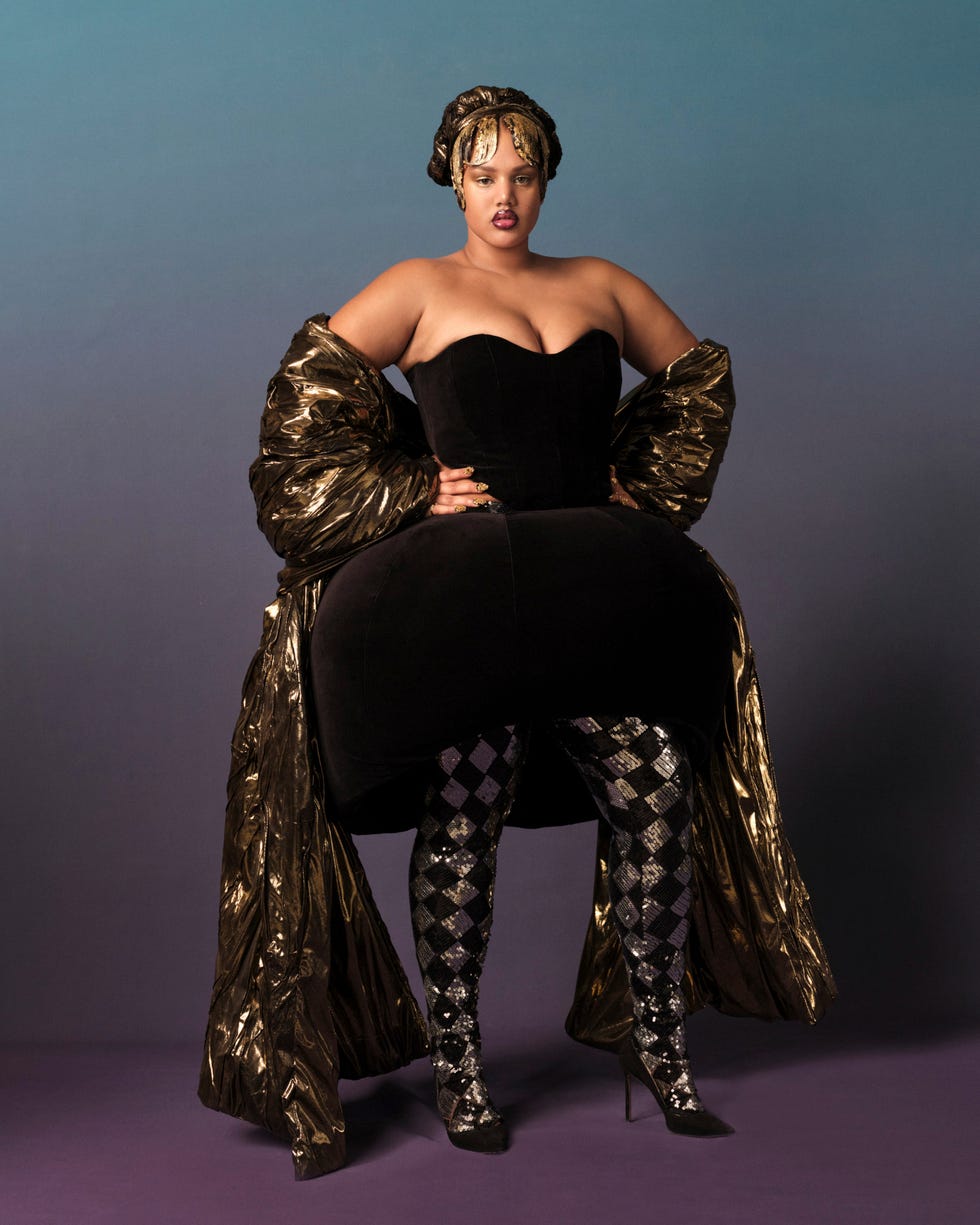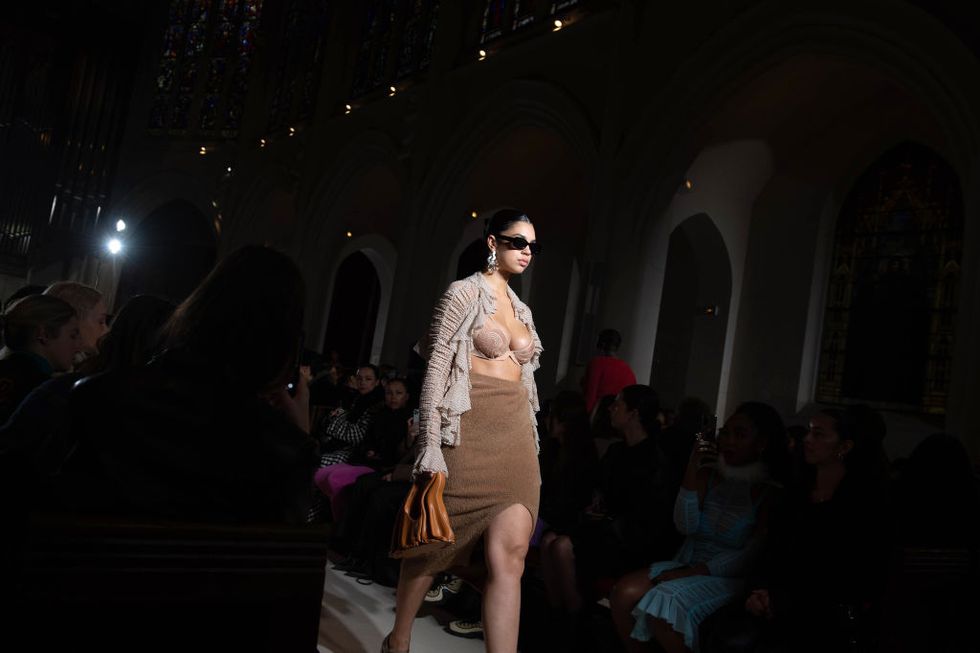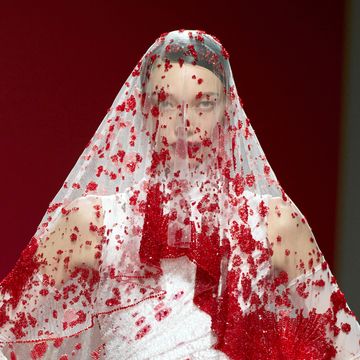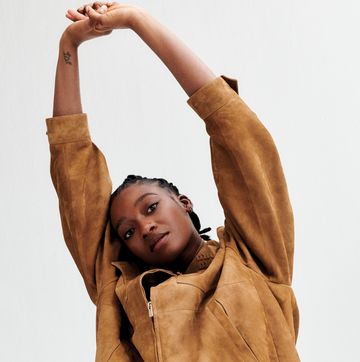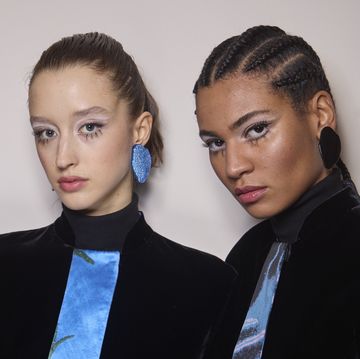There’s always a standout look from fashion month – the signal that emerges from the noise of a thousand outfits, a snapshot that sums up the mood.
From the AW23 season shows, held in February this year, it was a silhouette. On various catwalks, sample-size models wore a series of immensely oversized pieces, and the images of them travelled the length and breadth of the internet alongside captions on the theme of ‘obsessed’. Beautiful, voluminous trench coats, trousers that billowed, slouchy tailoring and jumpers that could compete with duvets. Slim women swathed in puddles of excess fabric was the season’s most desirable look, and it was predictably adored by the crowd of editors and fashion insiders in attendance at the shows. The mood was clear: bigger is better.
In every fashion capital, industry critics swooned over oversized looks.
I was no different, cooing over these roomy pieces that left me wide-eyed with wonder that I, too, could partake in high fashion, despite my plus-size body being the antithesis of the usual ideal. But on deeper reflection, I wondered why, if brands were creating such pieces, was it not desirable to showcase them on the range of bodies they would so obviously fit? If you’re creating clothes that are inherently inclusive in shape, does it not make sense to extend that inclusivity to real life? Is oversized clothing only desirable when it’s drowning its subject?
There was really only one conclusion I could draw from this: fashion is obsessed with oversized clothes, just not oversized bodies.
The act of fetishising proportional play is deeply rooted in fashion. In the countless interviews I have conducted with editors and taste-makers on their must-have wardrobe staples over the years, the response is nearly always a slouchy, outsized something.
A shirt, blazer, jumper, sweatshirt –all with ample volume. According to the experts, these shapes make for desirable dressing.
And, as a long-time practitioner of the look, I understand this. Oversized feels comfortable, effortless and cool without trying too hard. And it can be dressed up or down. But fashion seems to only celebrate it on one body shape: sample-size. On smaller frames, the nature of the silhouette acts as a spotlight on just how slender the body is. In this way, oversized clothing fetishises thinness; it acts as a celebration of having a body tiny enough for there to be so much room in the garment.
The very nature of these oversized pieces means they are inherently available to more than just that one narrow figure, but designers, through their choice of models and ambassadors, are making it abundantly clear who they want to see in these clothes.
Despite a global community of people – customers, editors, body-inclusivity advocates – demanding better representation from the fashion industry, the action we have seen so far feels a lot like lip service. The industry is still hesitant to act in a way that isn’t just performative. In order to fix the problem, we need to have some uncomfortable conversations. When plus-size models do walk the runway, why do the pieces they wear rarely make it into production in those sizes? We must alter the way we think, and acknowledge that all customers deserve to be considered. (According to Future Market Insights, the global plus-size market is projected to reach $288 billion in 2023: that’s a lot of consumers to take into account.)
The bottom line is that there needs to be a collective shift, one where mid-size and plus-size bodies are desirable too. Until that moment, where designers want their clothes seen on a range of body shapes, these trends will continue to be shown on only one type of figure and, with that, the narrative that high fashion is only available to those slim enough to access it will remain.
